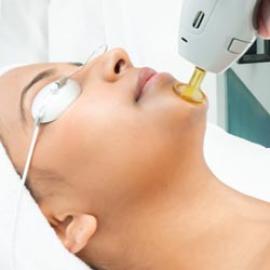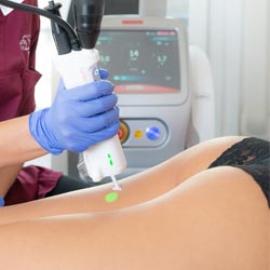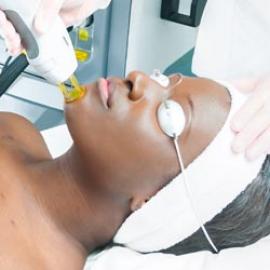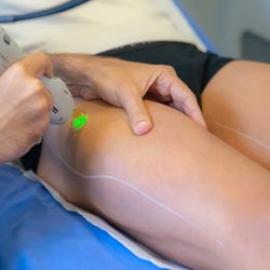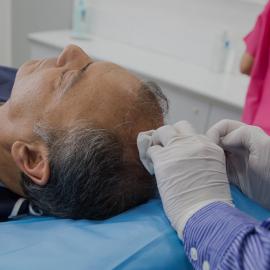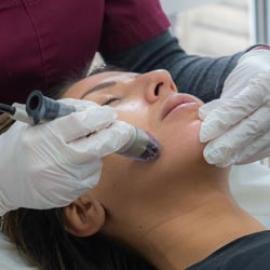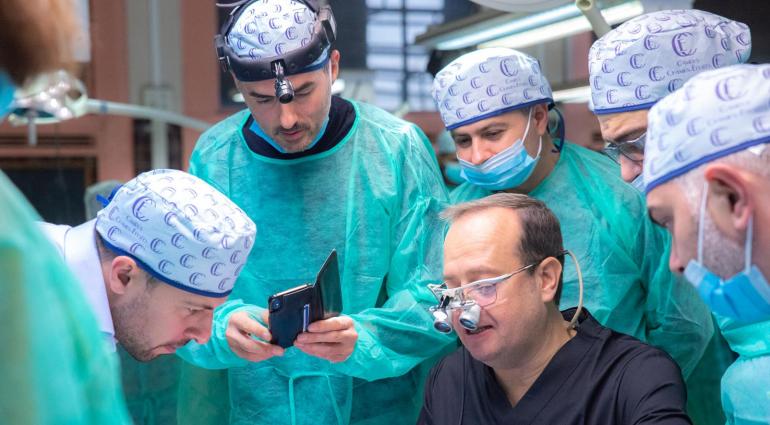
Angiomas relate to growths triggered by severe and irregular dilation of the blood and lymph vessels. Angiomas take the shape of bright red spots, with clearly defined contours. Angiomas can originate at birth, during puberty or in adulthood.
Angiomas: what is it ?
Angiomas are a build-up of blood and lymphatic vessels that dilate substantially. A bright red or purple stain on the surface of the skin comes from the influx of blood into the agglomerated area. Because of blood vessel compression, the angioma causes a slight swelling.
Angiomas may occur in numerous parts of the body: limbs, head, face, and back. They can be located on the surface of the skin, or, in rare cases, on certain organs.
Angiomas often occur at birth or during the first few weeks. They fade spontaneously without treatment in the vast majority of cases
In other instances, they persist throughout life. These are usually referred to as "wine spots".
- Vascular tumours
- Vascular malformations
What triggers angioma?
The shortage of oxygen in some parts of the skin triggers vascular tumors, also called hemangiomas. This absence of air in the tissue gives rise to a disparate formation of blood vessels. Three major causes of oxygen deprivation have been established through research: intrauterine lesions, high blood pressure in babies or during twin pregnancies. In the majority of instances, hemangiomas disappear at the age of 10 - 12 years. If this is not the case, the angioma persists and stays benign and healthy.
Vascular malformations are attributed to irregular blood vessel development. They can form a "wine stain". They are not detrimental to the wellbeing of the patient, even though they are a cause of aesthetic concern. In other instances, these malformations can occur on organs: the urethra or pharynx (throat) and they can affect the patient's natural functions (urinating, breathing). It should be noted that such occurrences are still rare.
What are the potential angioma treatments?
Angiomas may be a source of cosmetic concern because of their red or purple color, as well as their random position on the body. Angiomas may be treated with aesthetic medicine.
The most prevalent treatment for angioma is a laser that creates a devascularization of the skin by coagulating the blood vessels and progressively removing the blemish.
It is also possible to use the Plexr ® and 'plasma exeresis' technology, an energy rich in ions and electrons that vaporizes the epidermis surface layer without any discomfort.








































